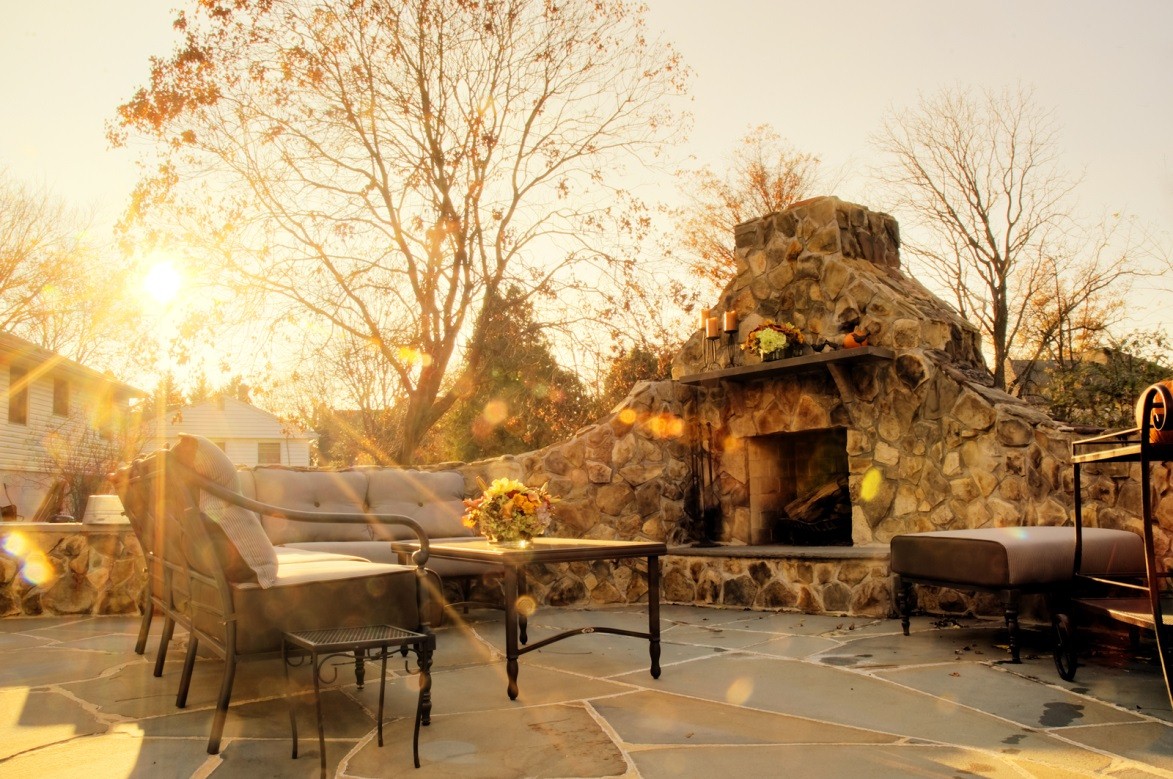Patio Flagstone Installation: Its Main Benefits for Your Home and More
Installing a flagstone patio for your home in Ashburn, VA is a great idea for a number of reasons, and the overall effect of one is much more charming than a slab of concrete. First of all, with many types of flagstone patios, water is able to be absorbed into the ground below rather than running off. Secondly, flagstone has a pleasing rugged yet natural appearance. Furthermore, flagstone is quite tough and will last for years, not to mention that it also creates a non-slippery surface for walking.

Slate, sandstone, and limestone are common types of stone used for landscaping and patio projects in Ashburn, VA. No matter which one of these types of stone is used, there is a visually pleasant natural variation in the appearance of individual flagstones. Different materials are used in the joints between the flagstones including moss, grass, and gravel. Sometimes different plants are grown in the joints; these include moss, mint, and thyme.
There are two basic schools of thought when it comes to flagstone patio landscape design. The first is for the patio to look symmetrical, and this is accomplished by using tiles cut to specific shapes that are laid out in careful patterns. The second is for the patio to look natural, and randomly shaped tiles fitted together like a jigsaw puzzle are used to accomplish this effect.
How a Flagstone Patio is Built
Excavation is the first step. Landscapers will dig down to a depth three inches below the depth of their flagstones. For example, if the paving stones being used are five inches deep, then eight inches will be excavated from the lawn. The idea is for the patio to be even with the lawn.
Next, landscapers will add some kind of base to prevent the paving stones from settling. Limestone and gravel are both popular materials for this. The base is thoroughly tamped down to ensure that there is a stable foundation. Sand is then added to the base to assist with drainage and create a resting place for the paving stones.
Finally, the paving stones themselves are laid down. How much space goes between the stones depends on individual preference. If ground cover like thyme is being used, it is added at this point. If not, sand can be added to prevent weeds from growing in the cracks and to help with drainage.
Sources
How to Lay a Stone Patio, This Old House
Flagstone Patio Ideas, Landscaping Network

